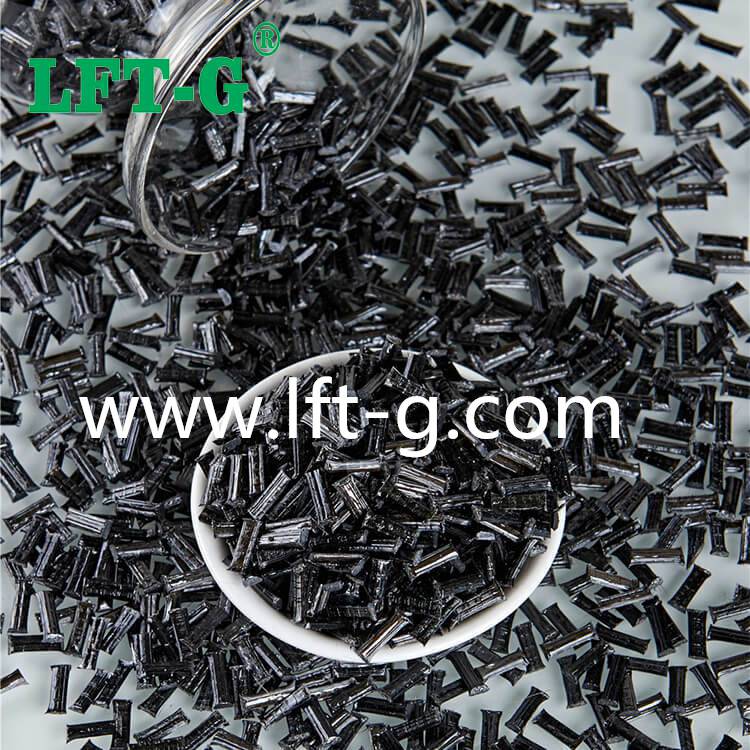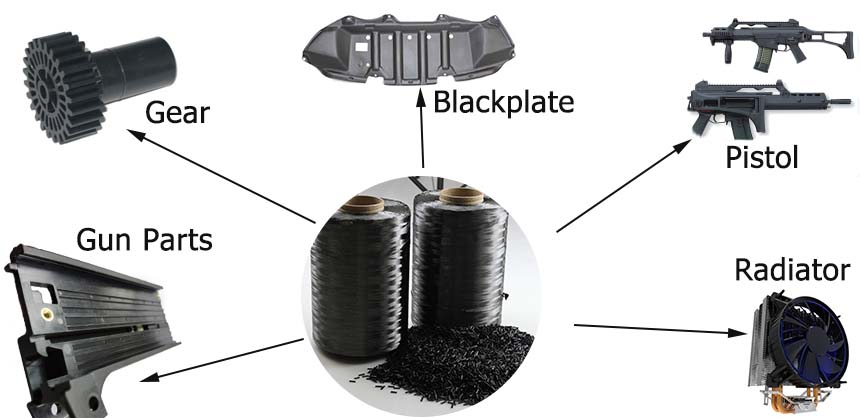new blog
Nowadays, we find new uses for carbon fiber almost every day. These tiny filaments, which are currently available in a wide variety of functional shapes, have a diameter of one-tenth the thickness of a human hair. The fibers are processed into fabrics that can be used for molding subsequent molding processes and formed into tubes and sheets for construction, or as conventional threads for fiber winding.
While high strength and low weight remain the winning formula for driving composites into new markets, other properties are equally critical. Composites have low coefficients of thermal expansion (CTE) and good vibration damping, both of which can be designed for specific applications. Due to fatigue resistance and design/manufacturing flexibility, composites can significantly reduce the number of parts required for a given application. This allows finished products to use less raw material, fewer joints and fasteners, and shorter assembly times.
In addition, composites have been shown to have excellent resistance to extreme temperatures, corrosion and abrasion, especially in industrial environments where these environmental factors can significantly reduce product life costs. As a result of these properties, composites are now gaining widespread use. In almost all forms of transportation, from bicycles to large commercial aircraft, lightweighting has become a primary goal due to the need for fuel economy in the face of rising oil prices.
Composite materials are usually based on metals, ceramics and polymers as a matrix, to which stiffer and stronger elements are usually added as reinforcements in order to improve the mechanical and thermal properties of the material. The primary reinforcing and load-bearing material in most composites is carbon fiber.

Xiamen LFT-G Long carbon fiber reinforced plastic pellets
It has long been thought that carbon fiber composites might compete with steel in high-strength structural applications. Advanced composites such as carbon fiber reinforced polymers (CFRP) have been used in a variety of industries, including aerospace and automotive, as well as sports equipment. The most commonly used carbon fiber polymer matrix is epoxy resin, with thermoplastic resins, polyester, polysulfone, and polyimide also used. Generally speaking, composites made from carbon fiber and plastic polymer resins are strong, high-modulus, long-lasting, inexpensive, and lightweight.
Composites are replacing traditional materials, and in practice, engineers will find that composites are a good alternative to traditional materials such as metal and wood in a variety of areas, mainly because of the high specific strength of composites.
CFRP materials offer the best strength-to-weight ratio, corrosion resistance, stiffness and durability. Due to its low density and tensile strength, carbon fiber is an excellent alternative to heavy metals such as steel because of its light weight. The inherent corrosion resistance of thermoset resins gives CFRP products a longer product life than standard metal materials because they will not rust or corrode.
The high specific strength of composites is their greatest strength. While carbon fiber is stronger and stiffer per unit weight than both materials, it weighs about 25 percent of steel and 70 percent of aluminum, respectively. Multi-layer composite laminates absorb more energy than traditional single-layer steel, enabling high-end automotive engineers to reduce vehicle weight by up to 60 percent while improving crash safety.
Composites open up new design possibilities
Composites offer design alternatives that are difficult to achieve with traditional materials. Composites can reinforce items; a single composite part can replace the assembly of an entire metal component.
Any surface finish, from smooth to textured, can be mimicked by changing the surface texture. Because fiberglass can be molded into a wide variety of boat designs, composites make up more than 90 percent of recreational boat hulls. Long-term savings from these advantages include lower maintenance costs and shorter production times.
Composites are durable
Composites will not rust, no matter the conditions (although they tend to corrode when bonded to metal parts). Composites are tougher than most polymers, but tougher than metals.
Due to their excellent dimensional stability, they retain their shape whether hot or cold, wet or dry. This makes them the material of choice for outdoor structures such as wind turbine blades.

About us

Xiamen LFT Composite Plastic Co.,LTD was established in 2009, is a brand-name global suppliers of long fiber reinforced thermoplastic materials integrating product research & development(R&D), production and sale marketing. Our LFT products have passed the ISO9001&16949 system certification and have obtained lots of national trademarks and patents, covering the fields of automotive, military parts and firearms, aerospace, new energy, medical equipment, power wind energy, sports equipment, etc.